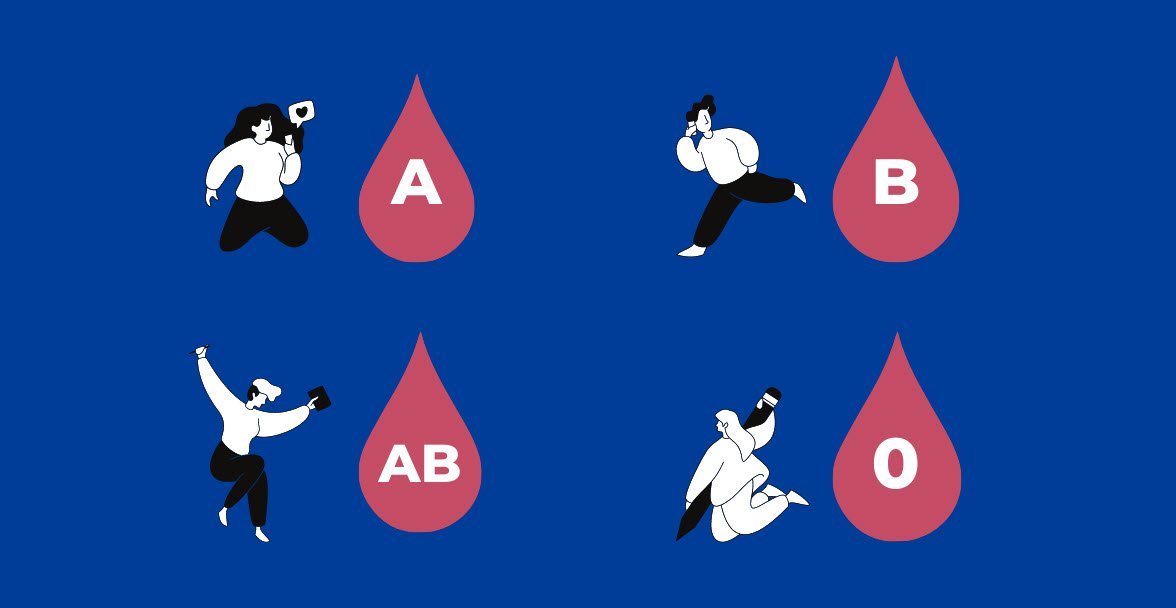
In today’s world, the smiley face is an iconic symbol that is universally recognized as a representation of happiness, joy, and positivity. It has become an integral part of popular culture, appearing on everything from t-shirts to mugs, and even in digital communication through emojis. However, what many people may not know is that the creator of the smiley face, Harvey Ball, received a meager payment of only $70 for his creation and never received any royalties thereafter.
Harvey Ball, a commercial artist from Worcester, Massachusetts, was commissioned in 1963 to design a simple, cheerful symbol to boost the morale of the employees of an insurance company, State Mutual Life Assurance. Ball’s task was to create an image that could be printed on buttons and distributed to employees. Within minutes, he came up with the iconic smiley face we all know today: a yellow circle with two black dots for eyes and a gentle curve for a smile. The simplicity and universality of the design struck a chord with people, and it quickly gained popularity.
Unfortunately, Ball’s creation did not bring him the recognition or financial rewards one might expect for such an influential symbol. He was paid a mere $45 for his design work, which would amount to around $370 in today’s currency, and an additional $25 for the reproduction rights. That $70 payment was the only compensation he ever received for creating one of the most enduring symbols of our time.
What makes this situation even more remarkable is the fact that the smiley face went on to become a global phenomenon. It transcended cultures, languages, and generations, spreading happiness and positivity wherever it appeared. The symbol’s popularity skyrocketed during the 1970s, becoming a symbol of the counterculture movement and appearing on a wide range of merchandise.
Despite the smiley face’s enormous commercial success, Ball did not receive any royalties or licensing fees for his creation. The design entered the public domain, meaning that anyone could use it freely without needing to obtain permission or compensate Ball. This lack of intellectual property protection left the creator with no legal means to profit from his creation’s vast popularity.
In later years, Ball became aware of the commercial value of the smiley face and its widespread use in marketing and merchandising. However, he never expressed regret or bitterness about his financial situation. Instead, he used his experience to advocate for kindness and goodwill. In 1999, Harvey Ball established the World Smile Foundation, a non-profit organization dedicated to spreading acts of kindness and making the world a better place, one smile at a time.
Harvey Ball’s story serves as a reminder that creators and artists often face challenges when it comes to protecting their intellectual property and receiving fair compensation for their work. While the smiley face brought immeasurable happiness to countless people around the world, its creator was left with a modest payment and no royalties. Nevertheless, Ball’s legacy lives on through the enduring symbol of the smiley face and the foundation he established to promote positivity and goodwill.
As we continue to enjoy and share the smiley face in various forms, let’s remember the man behind the symbol and the importance of supporting artists and creators. Their contributions to our culture and society are invaluable, and it is crucial that we recognize and honor their work appropriately. So, the next time you see a smiley face, take a moment to appreciate the creativity and talent that went into its creation, and consider the impact it has had on the world.
You may also like:- America’s Top 10 Addictions People Are Grappling With
- Ostrich Runaway Sends South Korean Streets into Turmoil
- Exploring the Characters of The Powerpuff Girls Cartoon
- Ten Creative Ways to Keep Kids Entertained on Rainy Days
- Which Blood Group You Are ?
- Top 28 Weirdest WikiHow Articles You Won’t Believe Exist
- [Photos] British Woman Shopped with Sanitary Pad Instead of Face Mask
- Top 100 Perfectly Timed Clicked Pictures
- [Top 35] Half Man – Half Woman Halloween Costumes
- Top 10 Songs for Kids on YouTube With Lyrics








